The Future of Space Travel
Warp Speed or Bust: The Future of Space Travel and Our Quest to Blast Beyond the Slow Lane
Imagine a universe where interstellar travel isn't a matter of decades, but of mere days. Where humanity isn't confined to our solar system, but a galactic nomad, exploring the cosmos with newfound ease. This, my friends, is the audacious dream of the future of space travel – a future propelled by revolutionary propulsion concepts that would make the Starship Enterprise blush. Join us as we buckle up and blast off on a captivating exploration of these futuristic technologies, from the promise of fusion rockets to the mind-bending possibilities of warp drives.
Beyond the Chemical Burn: The Rise of Fusion Rockets
For decades, chemical rockets have been our trusty steeds, carrying us into the cosmos with a fiery roar. But their limitations are becoming increasingly apparent. The tyranny of the rocket equation, where fuel mass dictates payload and range, severely restricts our ability to explore the vast expanse of space. Enter the game-changer: the fusion rocket.
Imagine a spacecraft powered by the same reaction that fuels the sun – nuclear fusion. Fusion promises ten times the efficiency of chemical rockets, translating to journeys that are currently unthinkable becoming feasible. Missions to Mars could be measured in weeks instead of months, and journeys to the outer solar system, once relegated to science fiction, could become a reality.
The Challenges of Harnessing a Star:
However, the road to a fusion-powered future is fraught with challenges. Confining a miniature star within a spacecraft and controlling the immense energy it produces is no easy feat. Technological advancements in plasma physics, materials science, and reactor design are all crucial for making fusion rockets a reality. But the potential rewards are simply too great to ignore.
Warp Drive: Science Fiction or the Final Frontier?
For the truly adventurous, even fusion rockets might seem pedestrian. What if we could travel faster than light itself? Enter the realm of science fiction, or perhaps the future of physics – the warp drive. Theorized by physicist Miguel Alcubierre, a warp drive would distort spacetime around a spacecraft, allowing it to travel faster than light without violating the laws of physics (according to our current understanding).
A Theoretical Playground:
Warp drives are still firmly in the realm of theoretical physics. The amount of energy required to create a warp bubble is mind-boggling, and the physics behind negative energy, a key component of the Alcubierre drive, are still poorly understood. However, the very possibility of faster-than-light travel ignites our imagination and pushes the boundaries of what we believe is possible.
The Road Ahead: A Journey of Discovery
The future of space travel is brimming with possibilities. Fusion rockets could revolutionize interstellar travel, while warp drives, if they become a reality, would rewrite the very concept of space and time. But the journey ahead is one of discovery and innovation. We need to push the boundaries of technology, explore new physics concepts, and never stop questioning the limits of what's possible.
One Giant Leap for Mankind (and Possibly Beyond):
The future of space travel is not just about reaching distant stars; it's about expanding the horizons of human knowledge. As we develop new propulsion technologies, we gain a deeper understanding of the universe and our place within it. Who knows, maybe one day, thanks to these revolutionary concepts, we'll encounter civilizations on far-off worlds, forever changing the course of human history. So, fasten your seatbelts, space enthusiasts, because the future of space travel promises to be an incredible ride.




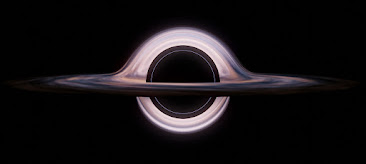
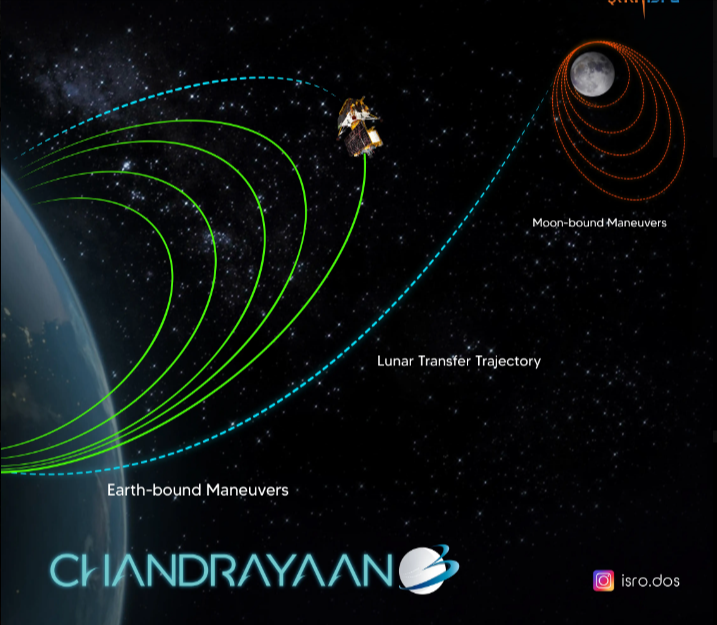
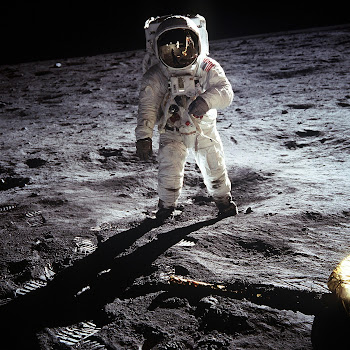

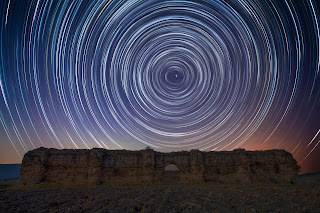
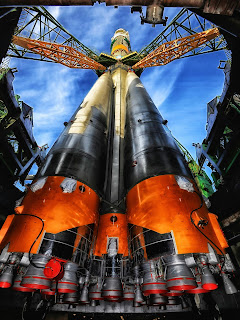
Comments
Post a Comment